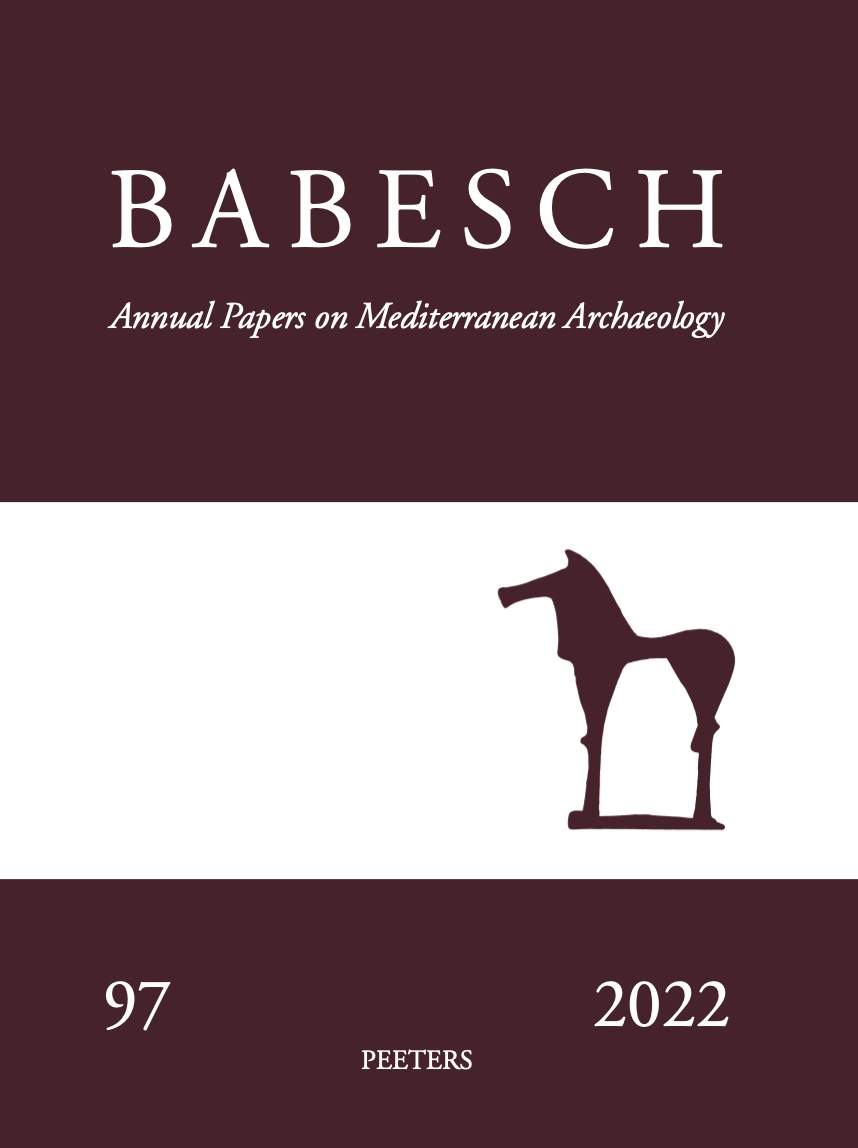 previous article in this issue previous article in this issue | next article in this issue  |

|
Document Details : Title: Urban and Rural Landscapes of the Pontine Region (Central Italy) in the Late Republican Period, Economic Growth between Colonial Heritage and Elite Impetus Author(s): ATTEMA, Peter A.J. Journal: BABESCH Volume: 93 Date: 2018 Pages: 143-164 DOI: 10.2143/BAB.93.0.3284850 Abstract : In this paper a concise overview of the Republican to Early Imperial urban and rural landscape of the Pontine region is presented as a prelude to a discussion of the historical conditions that had enabled economic prosperity. In Archaic times, still characterized by extensive wetlands and marginal coastal areas, the Pontine region increasingly urbanized in the course of the Republican period. Gradually the settled landscape became characterized by a variety of urban and rural settlement forms, partly continuing those from the Archaic period and partly constituting new ones in reclaimed territory. On hilltops surrounding the Pontine plain some of the early Roman colonies had by the late Republic grown into sizeable towns. In their productive territories villae and farmsteads now dotted the landscape, extending into the uplands and onto the plain. Along the via Appia, newly founded settlements served the inhabitants of reclaimed and allotted lands in the former marsh, while on the coast the cities of Tarracina and Antium flourished. We may well ask what previous developments had created this favourable demographic and economic climate of increasing urbanization, specialized land use and overseas and inland trading, and what constituted the main contemporary triggers of economic growth. The complex archaeological scenario that is now emerging is far removed from the literary image of the Pontine region as a marginal landscape and the traditional image of Central Italy’s ‘empty’ landscapes dominated by large slave-run estates. |
|
